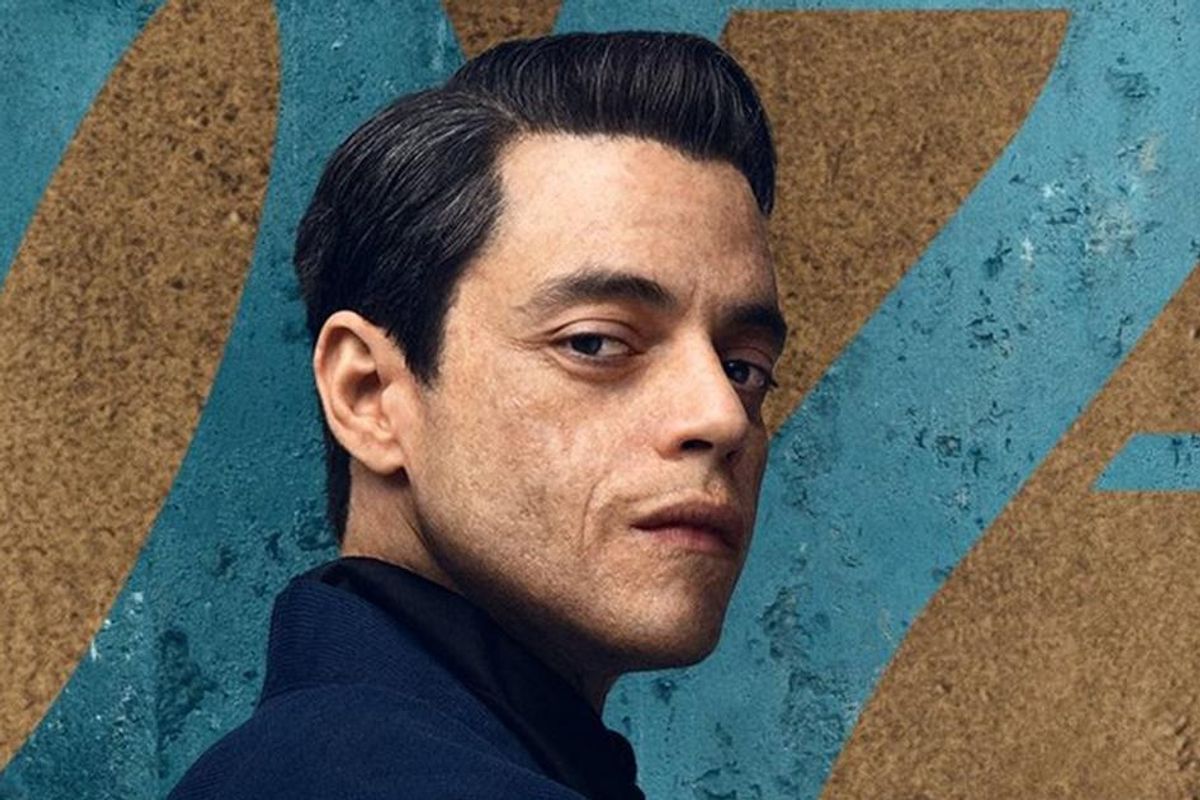Scars don't make you evil: Disability activists are speaking out over outdated movie trope

Rami Malek as Lyutsifer Safin in "No Time to Die."
One of the longest-running tropes in popular entertainment is having a villain with a scarred or disfigured face. Try to think of a horror film where the bad guy doesn't suffer from some sort of disfigurement.
Candyman has a hook. Freddy Krueger is severely burned. Jason from "Friday the 13th" is bald, burned and disfigured beneath the hockey mask.
It's also popular in science fiction and adventure films. Darth Vader has to wear a mask to hide his deformity. In Tim Burton's 1989 "Batman," Jack Napier becomes The Joker after having an acid bath that leaves him with a bizarre grin. The bad guy in "The Lion King" is named Scar after a mark on his face.
One film franchise that has relied on the disfigurement trope for far too long is James Bond: Raoul Silva with a deformed jaw in "Skyfall," Le Chiffre's disfigured eye in "Casino Royale," and Alec Trevelyan's scars in "GoldenEye."
Now, in the latest Bond adventure, "No Time to Die," 007 faces two villains with facial differences, Rami Malek's Safin and Christoph Waltz's Blofeld.
Author and disability advocate Jen Campbell called out the Bond franchise in a recent viral tweet thread:
"[The face is] the #1 part of the body we use for socializing and is strongly tied to our sense of personal identity, so in essence, destroying a person's face is the equivalent to destroying his or her life," TV Tropes writes. "This trope can include those who die from the disfigurement, but it's more effective (and more horrifying) to have the victim live with it," the site continues.
The problem is that after being bombarded with countless bad guys who have facial irregularities, we begin to associate facial scarring and disfigurement with evil. This leads to discrimination against people with facial differences.
Actor and presenter Adam Pearson, who has neurofibromatosis, says it's not just about banning villains with scars from TV and film but showing that there can be protagonists and love interests with facial differences, too.
"When the only character with a scar or disfigurement is shown on screen as the villain, it's perpetuating the use of an old-fashioned and outdated trope," he told ITV News.
"This isn't about banning baddies from having scars or telling people not to enjoy a trip to the cinema, it's about putting a line in the sand and saying now is the time to ensure other characters can be seen on screen with a visible difference too," he said.
The film was also criticized by Phyllida Swift, the CEO of Face Equality International, an alliance of groups working to promote face equality.
"'This is not simply an outdated stereotype, or a poor creative choice, this is indicative of a society that doesn't see facial difference as an equality issue worthy of respect and consideration," she said in a statement.
"No Time to Die" marks the final performance of Daniel Craig as James Bond. In a few years, there will no doubt be a new 007 and some new villains for us to root against. Maybe a new era will bring fresh ideas and villains who are threatening for more reasons than their appearance.
- Daniel Craig blasts interviewer who suggested Phoebe Waller ... ›
- 17 women who'd make an awesome James Bond. - Upworthy ›
- Meet the 'James Bond of philanthropy,' a billionaire who gave it all ... ›
- The Cinema Therapy guys literally make movie-watching therapeutic - Upworthy ›





 Rihanna Nails GIF
Rihanna Nails GIF A photo of Helen and Bill in their uniformsImages provided by Drew Coyle
A photo of Helen and Bill in their uniformsImages provided by Drew Coyle The map provided by Helen to Bill@crewdoyle/
The map provided by Helen to Bill@crewdoyle/ Helen and Bill, happy and and content, and oh so in love. Image from Drew Coyle
Helen and Bill, happy and and content, and oh so in love. Image from Drew Coyle Good luck trying to catch a gazelle.
Good luck trying to catch a gazelle. Chickens will eat just about anything.
Chickens will eat just about anything. There's actually a big difference between horses and zebras besides just the stripes.
There's actually a big difference between horses and zebras besides just the stripes. A photo of a portable carbon monoxide detector from Amazon
A photo of a portable carbon monoxide detector from Amazon


